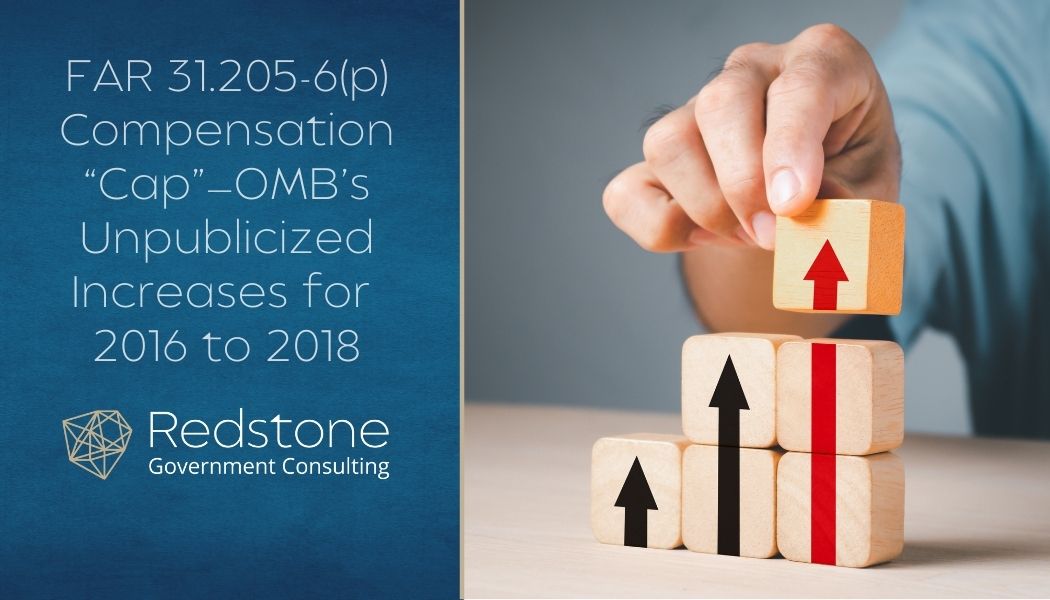Organizational Conflicts of Interest (OCI) play a key role in a government contractor’s ability to compete for work. In accordance with Federal Acquisition Regulation 9.504, contracting officers are responsible for evaluating OCI as early in the acquisition process as possible in an effort to avoid or mitigate conflicts that may otherwise be present in the acquisition.
Ever wonder how to get your questions answered at a post-award debriefing? It can be frustrating to get the information you really want to know from the Government. When I worked as an acquisition attorney with the Government, I spent many hours with my evaluation teams preparing for post-award debriefings. I always set time aside to go through a mock debriefing and discuss what information to disclose and what type of questions to table.
As we noted in our last blog, DCMA has issued another updated CPSR Guidebook, dated May 29, 2018. DCMA issued two updates in 2017 and have already issued 2 updates in 2018. This leads us to question: Will there be more? And our intuition leads us to answer: More than likely!
Topics: Contracts & Subcontracts Administration, Contractor Purchasing System Review (CPSR)
A new DCMA CPSR Guidebook has been released effective May 29, 2018 and can be found here: http://www.dcma.mil/Portals/31/Documents/CPSR/CPSR_Guidebook_052918.pdf The Redstone team will be conducting a more comprehensive review of the guidebook, but we want to share our initial thoughts with readers.
Topics: Contracts & Subcontracts Administration, Contractor Purchasing System Review (CPSR)
Quite often, in practice, we see contractors classifying too much cost as IR&D or more commonly, B&P expense. In a proposal setting, experts from across your company support the development of a compliant proposal. The question we see frequently is: “Who should be charging to B&P Projects?” While a business may want to capture the total cost of a proposal effort, including administrative support from G&A staff, it is not wise to have these personnel charge to a B&P project where their labor will absorb overhead.
Topics: Compliant Accounting Infrastructure, Small Business Compliance, Contracts & Subcontracts Administration, Human Resources
In late 2013, the BBA (Bipartisan Budget Act) significantly changed the FAR 31.205-6(p) regulatory cap for allowable contractor employee compensation. In a highly politicized action, the Obama Administration convinced Congress to reduce allowable compensation to $487,000 for any contractor employee effective for contracts on or after June 24, 2014. Additionally, Section 702 of the BBA prescribed the method for annual increases to the statutory cap (based upon the change in the Employment Cost Index for all workers as calculated by the BLS (Bureau of Labor Statistics).
Topics: Employee & Contractor Compensation, Contracts & Subcontracts Administration
With summer just around the corner, now is the perfect time for your company to advertise internship opportunities. Internships are often a “win-win” opportunity, providing valuable education and training for students while improving workflow for employers.
Topics: Contracts & Subcontracts Administration, Human Resources
The GSA Office of Inspector General (OIG) is actively investigating alleged fraudulent third-party activity in GSA’s System for Award Management (SAM). At this time, a limited number of entities registered in SAM are suspected of being impacted by this illegal activity. GSA has taken proactive steps to address this issue and has notified the affected entities.
Topics: Contracts & Subcontracts Administration, DCAA Audit Support
The Department of Labor’s Wage & Hour Division has announced a new pilot program expected to launch next month. This initiative, referred to as the Payroll Audit Independent Determination (PAID) program, will allow employers the opportunity to voluntarily correct employee pay and accounting errors which violate the requirements of the Fair Labor Standards Act (FLSA). Though an official launch date has not been announced, the program is set to run for an initial 6 months and is open to all FLSA-covered employers who have not already been sued and/or who are not currently being audited by the Department of Labor (DOL). Eligible employers may enroll online shortly after the launch date (see “How to Enroll” below) and participate in the PAID program through the end of the pilot.
Topics: Compliant Accounting Infrastructure, Contracts & Subcontracts Administration, Human Resources
How does one ensure the financial success of one’s government contracts? If we were to poll twenty-five different government contractors, we would likely get 25 different responses, and most wouldn’t be wrong. Some would say it takes a great program manager, while some would say it takes executive management committed to providing the necessary resources. Others might say it depends on the type of contract being worked or the type of fee being earned. All of these would be correct.
Topics: Contracts & Subcontracts Administration, Human Resources










